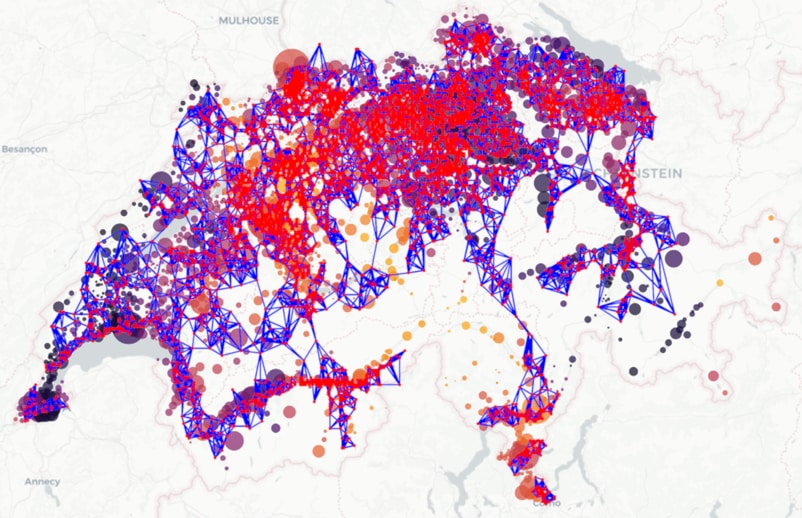ASTRONOMY
Swiss researchers develop new high-resolution PV production forecasts
In May of 2021, the International Energy Agency (IEA) has announced in its flagship report the measures it believes governments and policymakers should be taking to limit global warming to 1.5˚C. The report highlighted that to guarantee stable and affordable energy supplies now, and in the future, there needs to be a massive expansion of clean energy resources.
PVLIVE: high-resolution, large-scale data-driven photovoltaic (PV) system production forecasting
At CSEM – the prestigious Swiss Research and Development Organization – limiting global warming to 1.5˚C is not simply talk. Under the leadership of Pierre-Jean Alet, an experienced Sector Head, CSEM’s researchers are working on software that will drastically improve the management of PV-produced energy, from local energy communities to national grids. “At CSEM, we listen and respond to the very real need of grid operators, who can’t always accurately predict PV energy generation. Currently, the operators must intervene to cover any energy shortfalls caused by inaccurate predictions and re-balance energy across their systems using alternative resources. This can be both costly and lead to additional carbon emissions,” he notes. “Accurate and robust PV production forecasts are thus an important and necessary tool to increase the amount of clean energy in the power system and ensure stable energy distribution across the power grid. They also help minimize any maintenance and balancing costs – this is why we developed PVLIVE,” enthuses Alet. 
Turning PV systems into ground-level weather stations
PVLIVE doesn’t just offer forecasting over a single or a few localized sites, it provides optimized PV production forecasting across entire countries, and its algorithms were tested for over a year on exceptionally large datasets. Uniquely compared to other forecasting systems, “CSEM’s solution is based on graph machine learning, the kind of AI algorithms that power social networks and recommendation systems in e-commerce,” says Rafael Carrillo, a Senior Researcher at CSEM. “We used this technique creatively to exploit the Spatio-temporal relationships between different PV systems: intuitively, if you are under the dominant wind direction, what you see on one system will eventually show up at another system further down the line. Effectively with PVLIVE, we turn PV systems into ground-level weather stations to forecast the production of their neighbors,” concludes Carrillo.
Using this technique, CSEM’s data scientists can provide forecasts across hundreds of PV systems that show a daytime normalized root-mean-square error of 13.8% with a forecasting horizon of 6 h in 15 min steps. This outperforms other platforms based on numerical weather forecasts and machine learning. Through a follow-up project, PVLIVE is now available as an interactive platform. You can view the platform in operation across the Netherlands and the project’s paper HERE.
